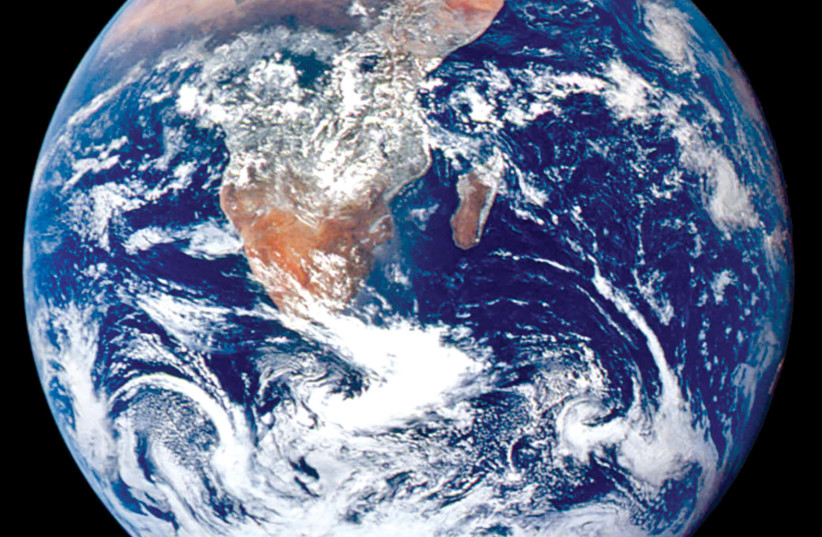The rotation of the Earth's inner core may be reversing, moving to spin in the opposite direction, new research has shown.
The results of a study, published Monday in the peer-reviewed journal Nature Geoscience, indicate that changes in the rotation of the inner core could take place over a scale of decades and could shed light on how the core influences the other layers of the Earth.
The study's authors, Xiaodong Song and Yi Yang of China's Peking University analyzed repeated seismic waves from the early 1990s showing that all of the paths that previously showed significant temporal changes have exhibited little change over the past decade, the study states.

Song and Yang said they found that the inner core's rotation "came to a near halt around 2009 and then turned in an opposite direction."
"[The inner core's rotation] came to near halt around 2009 and then turned in an opposite direction."
Song and Yang
The results indicate that Earth’s center pauses and reverses direction on a periodic cycle lasting about 60 to 70 years, a discovery that might solve longstanding mysteries about climate and geological phenomena that occur on a similar timeframe, and that affect life on our planet.
Are Earth's layers really linked?
Prior to this study, there was not much evidence that what the inner core does has many effects on the planet's inhabitants. But the researchers said they believed there are physical links between all of Earth's layers, from the inner core to the surface.
"We hope our study can motivate some researchers to build and test models which treat the whole Earth as an integrated dynamic system," they said.
However, scientists not involved in the study urged caution about the findings.
"This is a very careful study by excellent scientists putting in a lot of data," said John Vidale, a seismologist at the University of Southern California.
"[But] none of the models explain all the data very well in my opinion," he added. Vidale instead pointed to an older theory that claims the inner core only significantly moved between 2001 to 2013 and has stayed put since.
